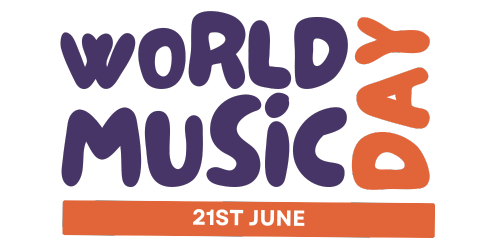World music is a great way to introduce children to different cultures and styles of music, and can also be a valuable tool for their education and development. As a parent, there are many ways you can incorporate world music into your child’s at-home learning and playtime. Here are 10 tips to help you get started:
- Create a playlist: Make a playlist of songs from different cultures and countries, including popular children’s songs and traditional and folk music. This is a fun way to introduce your child to different sounds and rhythms, and can also be a great tool for language learning.
- Use music as a tool for language learning: Many world music songs are in different languages, which can be a great way for your child to learn new vocabulary and practice listening skills. Encourage them to sing along in the language of the song and learn the lyrics.
- Watch music videos: Many world music songs have accompanying music videos that can be a great way for your child to see the culture and customs of the country where the music is from. This can also be a great way to introduce them to different instruments and styles of music.
- Play musical instruments: Encourage your child to explore different musical instruments from around the world. This can be a great way to learn about different cultures and traditions while also developing fine motor skills and creativity.
- Attend cultural events: Look for cultural events in your community, such as festivals or concerts, where you can expose your child to different styles of world music. This can be a great way to learn about different cultures and traditions, and to hear live music.
- Use technology: There are many apps, websites, and online resources that can help you and your child explore world music. You can use these resources to listen to music, watch videos, learn about different cultures, and even try your hand at playing virtual instruments.
- Make it a family activity: Make listening to world music a family activity, you can dance, sing or even cook together while listening to music from different cultures. This can help your child to understand that music is a global language and can be enjoyed by all.
- Research the culture and history behind the music: Research the culture and history behind the music you listen to, this can provide a deeper understanding of the music and give a context to the lyrics and instruments.
- Connect it to other subjects: Connect world music to other subjects such as geography, history, and language. You can learn about the geography of the countries where the music comes from and the historical context of the music.
- Encourage your child to create their own music: Encourage your child to create their own music using different elements of world music. This can be a great way to foster creativity and self-expression while also learning about different cultures.
Incorporating world music into your child’s at-home learning and playtime can be a fun and engaging way to expand their cultural understanding and appreciation. By using a combination of these tips, you can help your child develop a lifelong love of music and learning.
